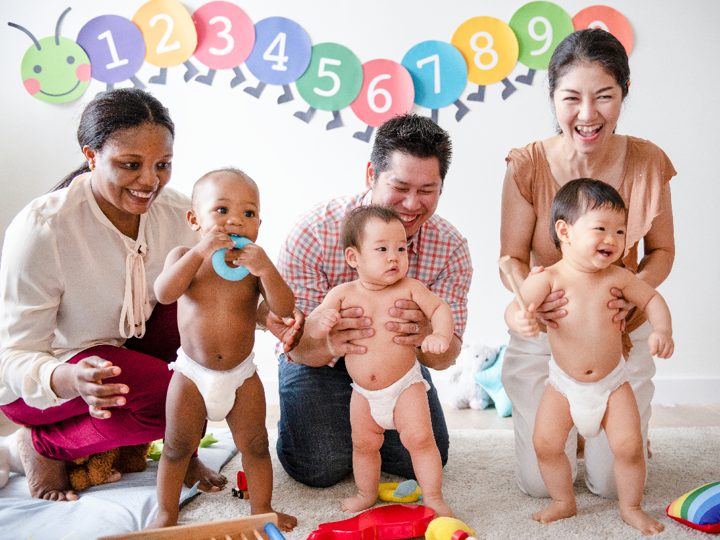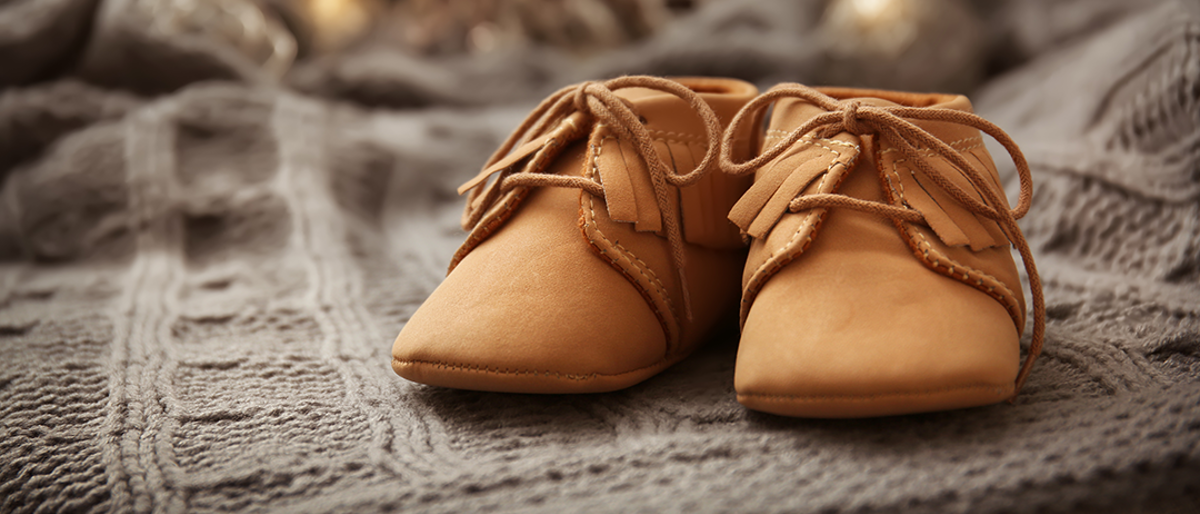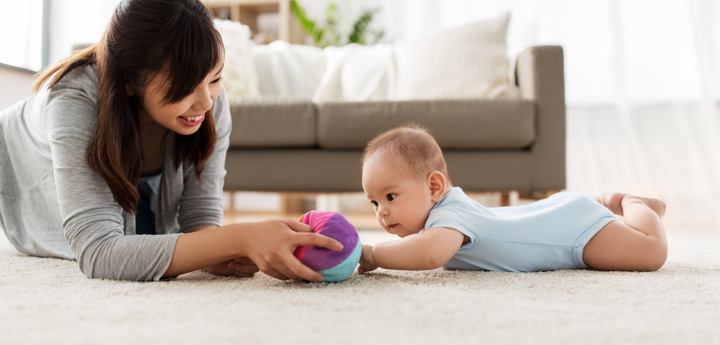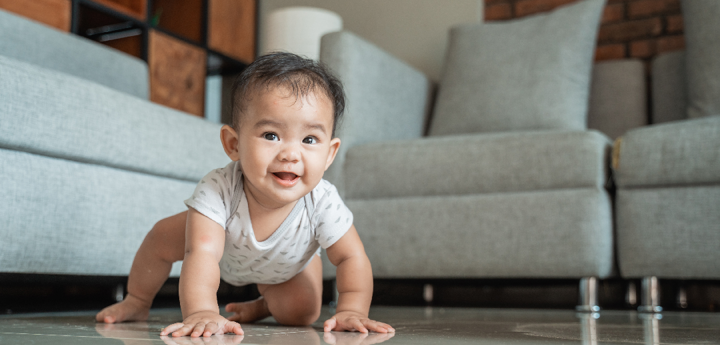Learning to stand
- 0-1 Years
- 1-5 Years
- Child development and growing up
- Moving and being active

The first step for your baby in learning to walk, is learning to stand by themselves. This will be when your baby will develop:
-
- their balance skills
- control of their leg, hip and core muscles
Your baby is going to fall over as they learn to stand. Initially your baby will only be able to stand for a second or two before falling. Try to make sure your baby is learning to stand on a soft surface.
Remember each baby is unique and will develop at their own speed.
Explore the topics on this page:
Getting into a standing position
You can encourage your baby to pull themselves up to a standing position by putting their toys up high so they have to stand to get them. For example, you can put toys on a small table or on the sofa. Put the toys somewhere that they would be able to get to if they stood up.
When they are up at sofa level, put the toy out of reach to their side. This will get your baby to bring their weight over to one side.
Your baby can also stand against a wall. This will get them used to seeing the room from a new height.
Improving balance
Balance is essential for walking. Helping your baby with their balance will reduce the amount they fall over and help improve their confidence.
You can start to support your baby standing by holding their hands or supporting them around the waist. Gradually reduce the support you are providing so they are standing independently.
There are a variety of ways you can encourage your baby to maintain their balance:
-
- giving your baby lots of praise by clapping and smiling after every attempt at standing
- standing or kneeling in front of your baby to help them feel secure
- turning balancing into a game – help your baby to stand up and count how long they stay up before they sit down
- talking to your baby or singing a song while they are standing
Once your baby is feeling more confident in standing, you can play games that involve both hands like ‘put your hands on your head’, ‘point to your ears’ or ‘put your hands on your tummy’.
Moving from a standing position to squatting on the floor will help improve your baby’s balance.
There are several ways you can encourage your baby to squat down and stand up:
-
- placing toys on the floor whilst they are standing, use toys that stack, post or drop into a basket at a higher level
- encouraging them to squat down and pick up the toys then reach up high to complete the task
- singing “heads, shoulders, knees and toes” to encourage them to bend down and stand up
- asking your baby to follow simple tasks like asking them to collect certain toys from the floor
As your baby becomes more confident, start using larger and heavier objects.
Baby shoes
When your baby is learning to stand, try to avoid putting shoes on them. This will mean your baby can feel their feet on the floor and experience different textures. Being barefoot can also help them stabilise and balance.
You may want to buy them shoes to protect their feet and keep them warm outside. You should buy soft sole shoes for babies. We do not recommend buying trainers or fashion shoes for babies.
If you have bought soft sole shoes for your baby, regularly check that there is enough room for their toes to move.

Need more support for your child?
If your child needs further support developing their early physical skills, read our activities to support your baby's movement.
Last reviewed: 1 November, 2023




